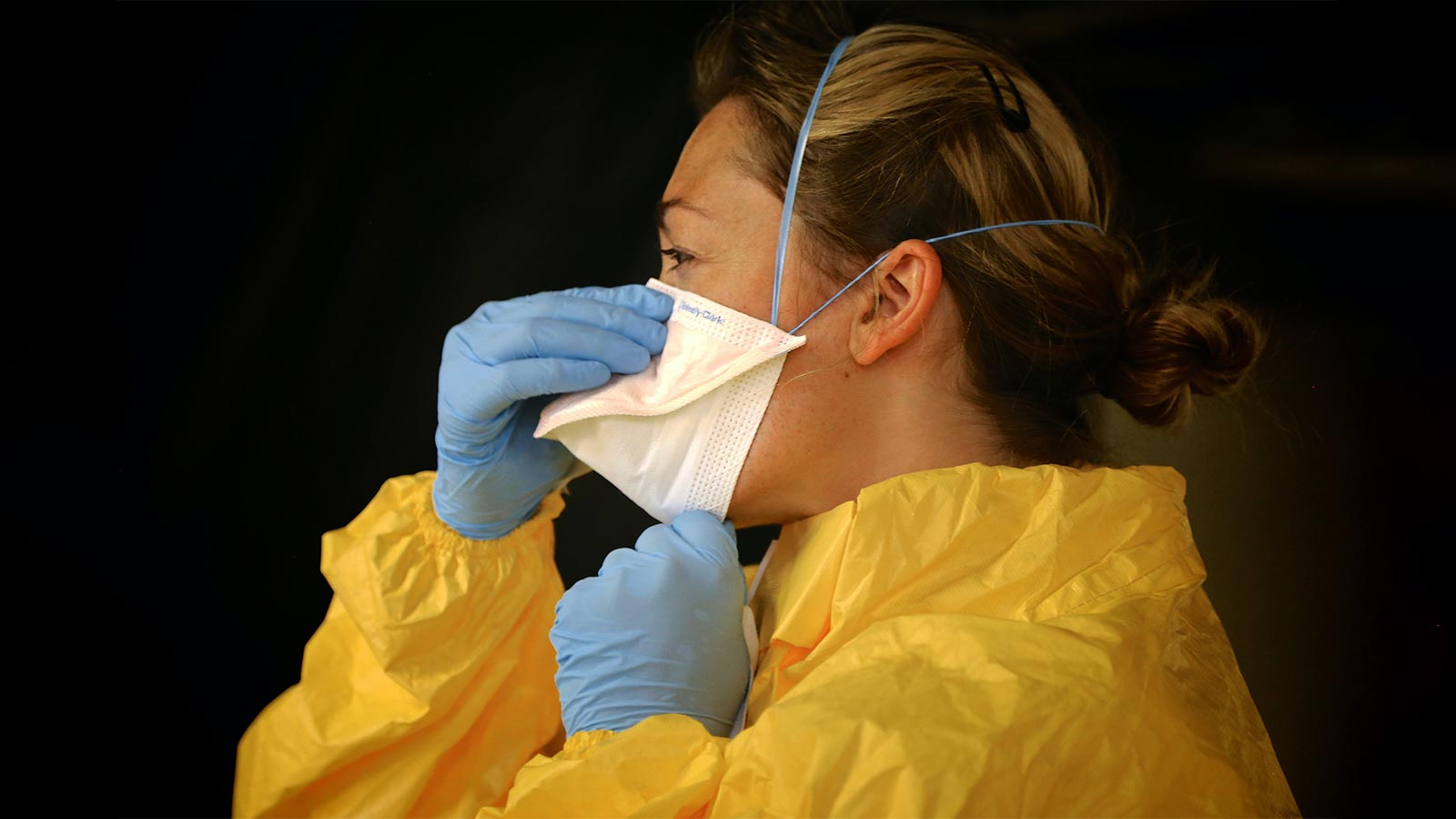Our world might be nearing the end of the pandemic, but it is not over. As essential workers continue to work and put their life on the line to keep the essential needs of our people met, the additional income they were receiving, otherwise known as hazard pay, is coming to an end for companies all over – for instance at Amazon and Rite Aid.
Well-known companies like Starbucks and Target were paying employees an extra $2 to $3 on top of their base wage. For many, this temporary increase didn’t make a significant difference in the lives of essential workers. After several companies received backlash for ending hazard pay, Target agreed to extend its wage increase through July 4th. CEO Brian Cornell stated a few weeks ago in a company email that pay and benefit extensions would be offered to employees in the long road ahead.
This has workers wondering across the globe, is my job worth risking my life? Do I want to continue in this career path?
Apart from the financial aspect of supporting essential workers, we’re starting to see a big need for mental health support. Many feel isolated from friends, family and normalcy, overworked, and exhausted at the tail-end of the pandemic. With 45.2% of the workforce in the United States considered an essential worker according to a new study, the demand to keep essential workers supported across the country is more important than ever. With the mental and emotional implications that come with being an essential worker, some say hazard pay could very well be a big factor in decreasing mass resignations.
In response to the economic collapse that shook the United States to its core, the House recently passed The Heroes Act which provides $200 billion in hazard pay funding for essential workers that have risked their lives serving the needs of others in the pandemic. This bill also covers not just essential workers, but millions of people, essential or not, suffering from the impact of the pandemic. The bill supports small businesses and nonprofits, extends unemployment benefits, ensures free coronavirus testing for every American, housing assistance, and more.
Forbes reports that essential workers could get anywhere from $5,000 to $10,000 in hazard pay that would be backdated to January 27, 2020. Essential workers would receive a lump sum payment at the start of the program and then hazard pay would be included on paychecks until they reach their $5-$10k limit or until 60 days after the COVID-19 pandemic, whichever comes first. For those that make less than $200,000 annually, the maximum amount you would receive is $10,000 and $5,000 for those making more than $200,000 annually.
Some of the essential workers eligible for hazard pay according to the bill are doctors, nurses, frontline medical personnel, maintenance workers, mortuary professionals, police, firefighters, social workers, grocery clerks, postal workers, and more. The extensive list of all eligible workers can be found here.


